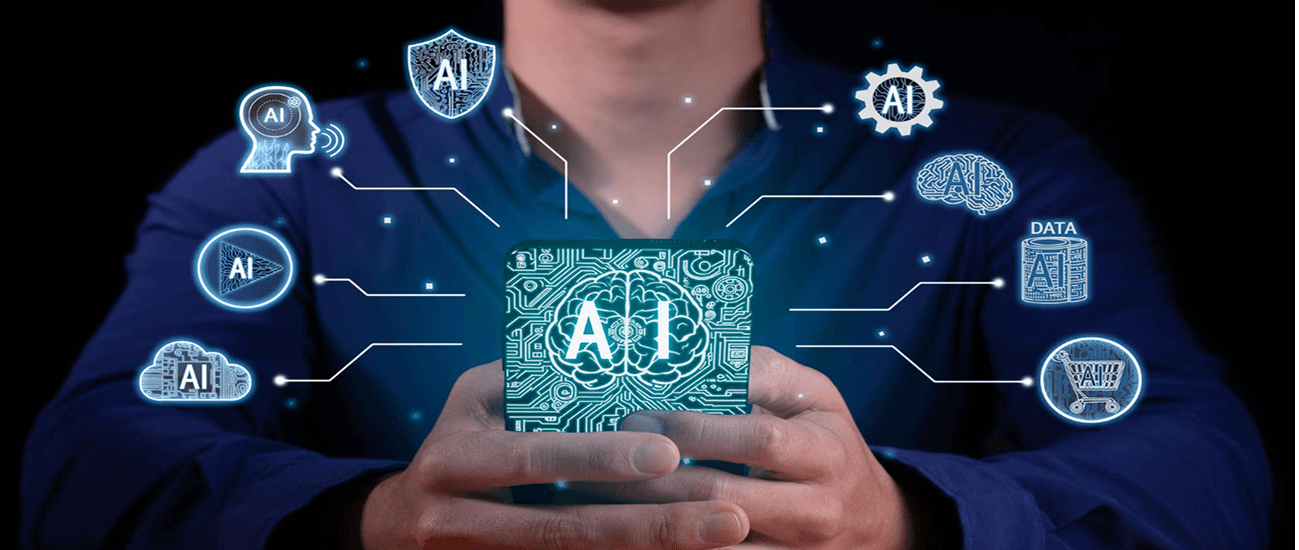
Retrieval-Augmented Generation (RAG) became a force in the area of accurate, context-aware generative AI use cases shortly after its release. From building chatbots to corporate search engines or custom Q&A systems, RAG core significantly enhances performance by linking LLM output to external knowledge. Hallucinations, out-of-topic retrievals, and poor context aggregation continue to be issues that tend to fool models in real-world deployment, though.
This is where sophisticated RAG sets in. Methods like hierarchical reranking, hybrid search, cross-encoders, and context compression are transforming the field to present more precise answers that are more relevant and less likely to be fabricated. As noted in Pinecone’s guide on advanced RAG, these techniques are now considered essential for production-quality systems.
Why Classic RAG Falls Short
Despite its utility, baseline RAG implementations often hit limitations:
- Semantic Drift: Dense retrieval can surface loosely related chunks, weakening LLM responses.
- Limited Domain Recall: In specialized areas (e.g., healthcare, legal), generic embeddings miss critical details.
- Hallucinations: Without strong retrieval grounding, LLMs may produce “believable but false” answers.
These gaps highlight why modern retrieval strategies are essential.
Core Innovations in Modern RAG Systems
1. Hierarchical Reranking
Multi-stage reranking ensures that only highly relevant chunks make it into the final context. Using cross-encoders or API-based rerankers like Cohere helps filter noise while improving precision.
2. Hybrid Search
Combines dense semantic retrieval (vector embeddings) with sparse keyword-based search (BM25). This dual strategy boosts both recall and exact matching, making results more reliable across domains.
3. Context Compression & Chunk Optimization
Surface only the information-rich, non-redundant chunks. Tools like LangChain enable LLM-based filtering to reduce context size without losing relevance.
4. Reranker Model Types
Use cross-encoders, LLM-based rerankers, or APIs (e.g., OpenAI text-embedding-3-large) to improve ranking fidelity.
5. Domain-Specific Fine-Tuning
Train embeddings and rerankers on domain corpora (legal statutes, medical literature, enterprise data) for maximum impact.
6. Generation-Time Enhancements
Techniques like self-reflection, confidence scoring, and attribution auditing improve the reliability of generated answers.
Modern RAG Architecture Overview
A production-grade RAG pipeline follows these phases:
- Indexing: Smart chunking (semantic, metadata-aware).
- Retrieval: Hybrid search (BM25 + vectors), query rewriting.
- Reranking: Multi-tier with cross-encoders / APIs.
- Context Compression: Filter and reorder results.
- LLM Generation: Augmented with reflection & attribution.
Example: Pinecone & Weaviate both showcase similar multi-stage retrieval + rerank architectures in their enterprise deployments.
Read more: AI in Nutrition: Smarter, Healthier Diets & Health Insights
Step-by-Step Implementation Guide for Modern RAG Systems
1. Data Chunking and Indexing
Optimizing chunking is critical: too large, and the model misses detail; too small, and context becomes fragmented.
Pro Tip: Use LLM-based semantic chunking for domain-heavy data (law, medicine, finance). It reduces semantic drift by respecting natural context boundaries.
2. Hybrid Search: Bridging Semantic and Keyword Gaps
Hybrid search combines dense vector retrieval (semantic understanding) with BM25 keyword search (exact matching) for optimal recall.
Why Hybrid Search?
- Dense vectors understand semantics (great for synonyms & context).
- BM25 nails precision on exact keywords (vital in compliance/legal use cases).
- Fusion = best of both worlds.
3. Hierarchical Reranking: Multi-Tier Precision Filtering
After retrieval, reranking ensures only hyper-relevant context reaches your LLM.
When to use:
- Stage 1 = semantic match filtering.
- Stage 2 = domain/context match (e.g., external knowledge sources).
4. Context Compression & Generation
Even after reranking, chunks can be verbose. Compress before passing to your LLM.
Tip: Use 6–8 chunks max; anything larger increases hallucination risk.
5. Bonus: Commercial Reranker APIs (Production-Ready)
Instead of managing your own reranker, use APIs from Cohere, OpenAI, or others.
When to use APIs:
- For enterprise-grade reliability.
- When you need a faster time-to-market.
- If you lack GPU resources for hosting your own reranker models.
Explore more: Generative AI in Accounting: Pricing, Features & Best Tools
Evaluation: Measuring RAG Quality
- Relevance: Recall@k, NDCG
- Attribution: Source tie-backs in generation
- Hallucination Rate: Lower is better
- User Feedback: Continuous domain QA testing
Example: Enterprise bots using advanced RAG report up to 40% improvement in perceived accuracy.
Real-World Use Cases
- Healthcare QA: Safe, reference-traceable answers using Meditron 70B + rerankers.
- Legal Search: Hybrid retrieval reduced irrelevant statute citations by 30% (Chitika case).
- Enterprise Bots: RAG-powered assistants boosted customer satisfaction by ~40%.
Best Practices for Production
- Always combine BM25 + vectors for recall & precision.
- Overfetch, then rerank aggressively.
- Track source attribution continuously.
- Use feedback loops to refine embeddings and rerankers.
Conclusion
AI is no longer just an emerging trend; it has become the foundation for innovation, efficiency, and business growth. From streamlining operations to unlocking entirely new business models, the right AI strategy can give organizations a lasting competitive edge. Choosing the Best AI Development Company ensures you gain not only technical expertise but also a strategic partner who understands your industry challenges and delivers scalable, future-ready solutions

